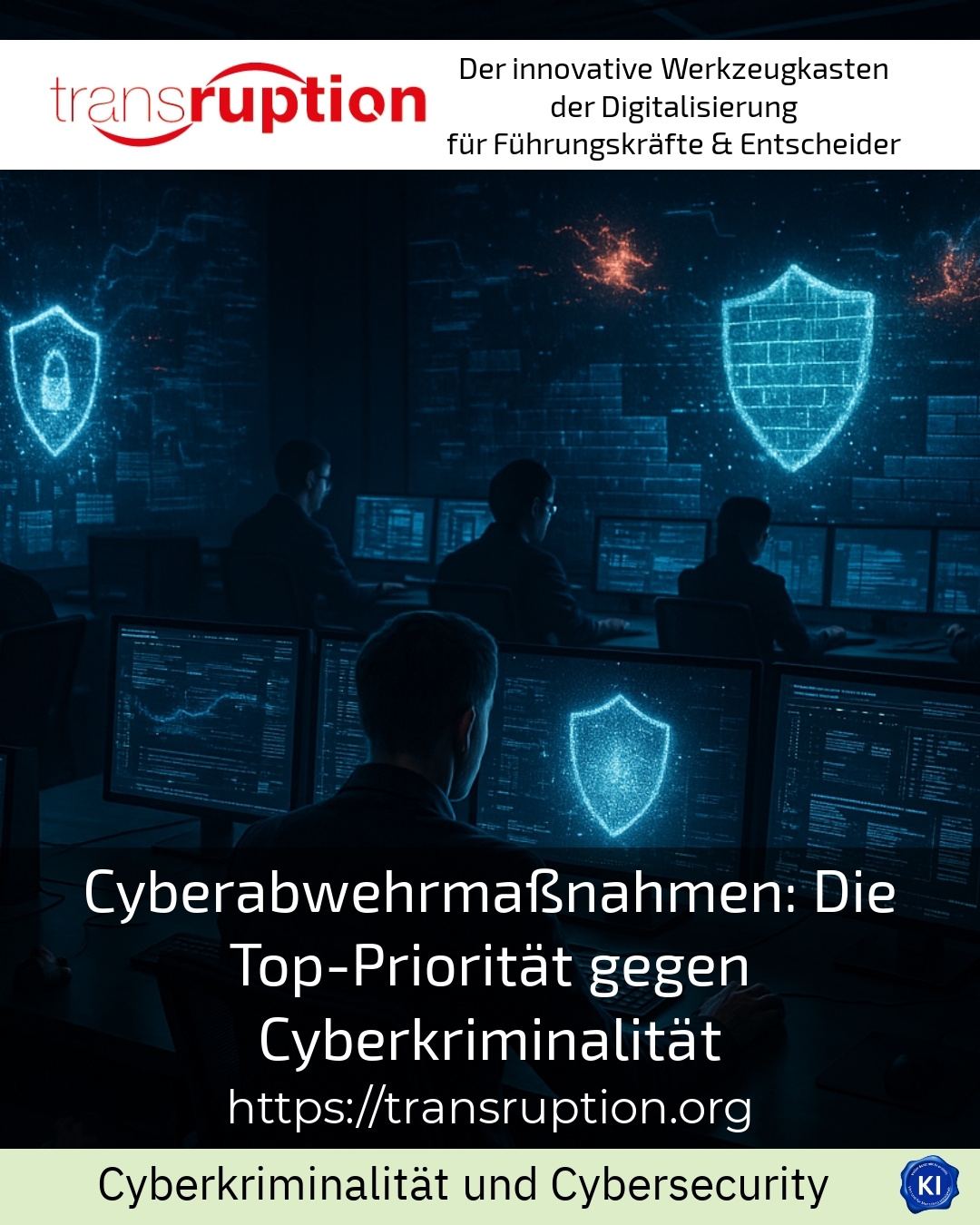Cyber defence measures are one of the most important priorities for companies and organisations today in order to effectively protect themselves against increasing cybercrime. They include a wide range of technical and organisational strategies that are specifically designed to secure networks, systems and sensitive data and to detect and stop attacks at an early stage.
Basics of modern cyber defence measures
Traditional cyber defence measures include firewalls and antivirus software, which provide basic protection. However, threats are becoming more and more complex, making advanced technologies such as endpoint detection and response (EDR) increasingly important. These systems monitor all activities on end devices in real time and identify suspicious behaviour patterns in order to automatically prevent attacks. One example is a medium-sized financial company that has greatly improved the detection of anomalies in user behaviour with EDR.
In addition, multi-factor authentication (MFA) is often used today. For example, a software company requires its employees to use a second authentication method in addition to a password, such as an authenticator app, in order to significantly reduce the risk of stolen access data. Encryption technologies also play a key role, for example for IT service providers that comprehensively protect customer data in the cloud.
In addition, companies are increasingly using deception methods such as honeypots. For example, an international logistics company uses them to lure attackers onto false systems in order to gain time for active countermeasures.
Practical examples and concrete implementation tips
Successful cyber defence measures are often based on a multi-layered protection concept:
- The Group is improving network segmentation for different departments, such as marketing, IT and accounting. This makes it more difficult for an attack to spread.
- Regular updates and patches are essential to quickly close known vulnerabilities. One IT service provider reports that consistent maintenance has drastically reduced the number of successful attacks.
- Awareness programmes for employees help to identify security risks such as phishing at an early stage. A management consultancy organises quarterly training courses and has recorded a higher level of resilience to social engineering.
- Monitoring solutions such as Security Information and Event Management (SIEM) systems help to quickly detect unusual activities in the network. This enables a manufacturing company to identify unusual data traffic and initiate countermeasures.
BEST PRACTICE at the customer (name hidden due to NDA contract) A medium-sized software company successfully implemented a combination of EDR, MFA and employee training. This enabled it to significantly reduce attacks via compromised access data and also automate the security process in the long term.
Technological trends to strengthen cyber defence measures
New technologies such as artificial intelligence (AI) and machine learning support the real-time detection of threats in cyber defence. An IT service provider uses AI to recognise patterns of ransomware attacks and block them at an early stage. Automation-supported threat detection significantly increases the ability to react.
Cloud security solutions make it possible to ensure the protection of data even with the increasing use of cloud services. For example, an international group uses Cloud Access Security Brokers (CASB) to control access to critical information and prevent data loss.
Zero Trust Network Access (ZTNA) is also becoming increasingly relevant. This concept strictly verifies every access request, regardless of the user's location. As a result, a medium-sized manufacturing company was able to expand unauthorised access and reduce the attack surface.
Challenges and frequently asked questions
Many companies come to us with questions about cyber defence measures, such as how to maintain a balance between security and user-friendliness or how to comply with new legal requirements. Clients often report that they need support in prioritising security initiatives because resources are limited.
A clear strategy that combines technical solutions with training measures proves to be the most effective. One large retail company commented that the combination of awareness programmes and technical tools has made employees more security-conscious.
My analysis
Cyber defence measures are essential to effectively counter today's diversity and speed of cybercrime. A holistic approach consisting of technical solutions, organisational measures and sensitised employees significantly increases the security of companies. Technologies such as AI and Zero Trust support defence and enable faster responses to threats.
Continuous adaptation and review of measures are important in order to keep pace with changing attack methods. Those who take cyber defence measures seriously will strengthen their resistance to cyber attacks in the long term, protecting not only data but also their own business foundation.
Further links from the text above:
Cyber defence measures: Basics, practical examples & tips
What is cyber security? Types, meaning and technologies
What is cybersecurity? Definition, methods & measures
For more information and if you have any questions, please contact Contact us or read more blog posts on the topic TRANSRUPTION here.















